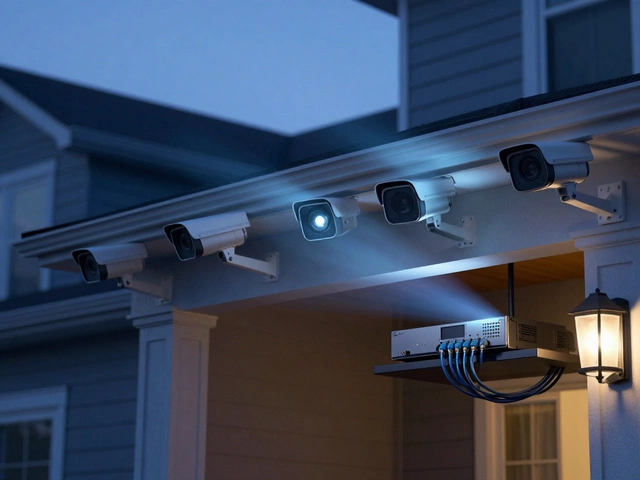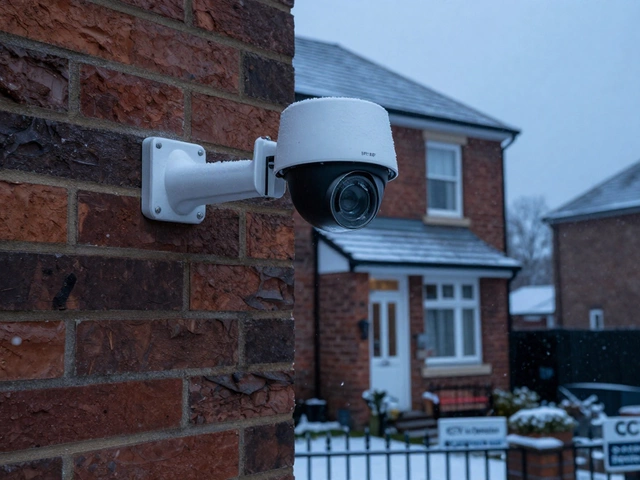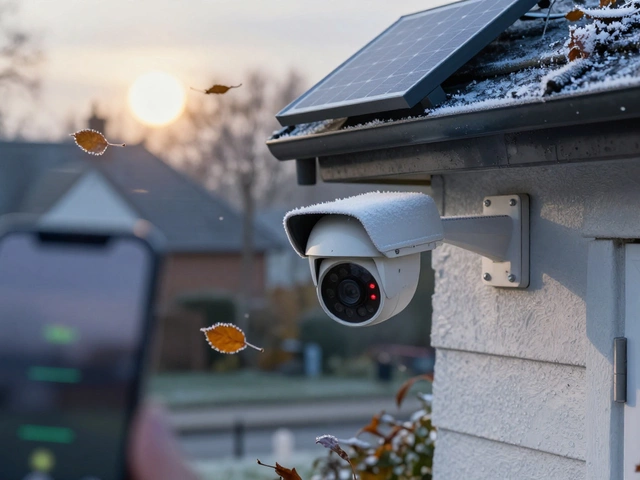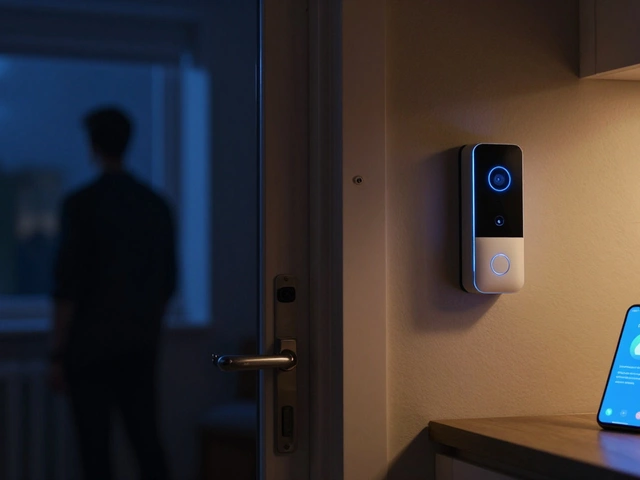Baby Monitor Setup Made Simple
If you’ve just bought a baby monitor, the first thing you want is peace of mind, not a tech headache. Good news – setting up most monitors takes less than ten minutes once you know the basics. Below you’ll find a step‑by‑step plan that works for audio, video, and Wi‑Fi models alike.
Pick the Right Spot
Start by choosing where the monitor’s camera or mic will sit. Aim for a clear view of the crib, but keep it out of reach of curious hands. A high shelf or a wall‑mounted bracket works well. If you’re using a plug‑in unit, make sure there’s an outlet within a foot or two; for battery‑run models, check the battery level before you begin.
Next, think about range. Most baby monitors work reliably within 300‑400 ft in an open house, but walls and furniture can cut that down. Test the signal by walking away with the parent unit while the baby monitor stays in its spot. If the feed drops, move the monitor a little higher or closer to the centre of the house.
Connect and Secure the Signal
Wi‑Fi monitors need a stable network. Open your phone’s app, follow the on‑screen prompts, and select your home Wi‑Fi (2.4 GHz is usually more reliable than 5 GHz for range). Enter a strong password – treat it like any other smart device to keep intruders out.
For analog or RF monitors, you’ll choose a channel. Most apps let you scan for the clearest one automatically. If you hear static, switch to a different channel and test again.
Once the connection is live, enable any security features the app offers: two‑factor authentication, encrypted video, or a lock‑code for the parent unit. This step isn’t optional – it protects your baby’s video feed from nosy neighbours or hackers.
Now run a quick functional test. Play a sound near the monitor, check the audio on the parent unit, and watch the video feed for any lag. Adjust the camera angle if the view is blocked by a mobile or blanket.
Finally, set up alerts. Most monitors let you create a sound‑triggered alarm or a motion alert. Tweak the sensitivity so you’re notified when your baby moves but not every little rustle of the house.
That’s it – you’re ready to go. Keep the user manual handy for future firmware updates, and schedule a quick battery check every month if your monitor isn’t hard‑wired. With these steps you’ll have a reliable, secure baby monitor set up in no time, letting you focus on what matters most: your little one’s safety and your peace of mind.






